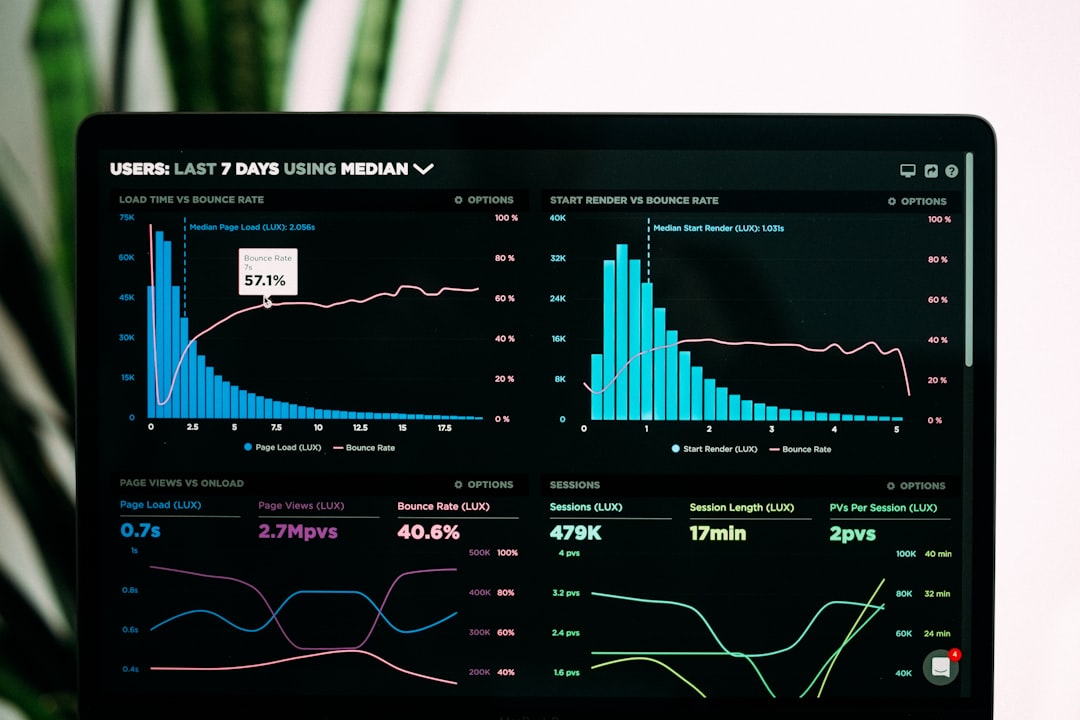In the world of digital marketing and web analytics, URL tracking is essential for understanding user behavior. One of the most common methods for tracking the origin of web traffic is by using UTM (Urchin Tracking Module) parameters in URLs. However, an increasing number of ad blockers and privacy-focused browser extensions have begun stripping or removing these parameters. This removes essential tracking data and has a significant impact on marketing attribution. In this article, we explore the evidence of UTM stripping, how it has been tested, and what can be done to mitigate its negative effects.
What Are UTM Parameters and Why Are They Important?
UTM parameters are simple snippets of text added to the end of a URL that help track the effectiveness of digital marketing campaigns. Examples include:
- utm_source – Identifies the source of the traffic (e.g., Google, Newsletter)
- utm_medium – Specifies the medium used (e.g., CPC, email)
- utm_campaign – Refers to the specific campaign (e.g., Spring_Sale)
- utm_term – Denotes the paid keywords
- utm_content – Differentiates similar content or links
These parameters are critical for proper attribution in tools like Google Analytics, Adobe Analytics, and other MarTech platforms. Without them, marketers struggle to determine which channels deliver the best ROI.
The Rise of Privacy Tools and Ad Blockers
In an era where privacy has become a primary concern for internet users, tools like ad blockers, privacy-centric browsers, and browser extensions designed to minimize tracking are seeing increasing adoption. Major tools involved in stripping UTM parameters include:
- uBlock Origin
- Ghostery
- DuckDuckGo Privacy Essentials
- Brave Browser (with Shields enabled)
These tools are specifically designed to prevent tracking by marketers and advertisers. One of their techniques involves stripping known tracking parameters, such as UTM tags, from URLs before they are even rendered in the browser or passed on to analytics tools.

Proof of UTM Stripping: Real-World Evidence
Evidence of UTM parameter stripping has largely come from two sources: anecdotal reports from marketers and controlled experiments. Here are several ways that UTM stripping has been confirmed:
1. User Behavior Analysis
Marketers began noticing “direct” traffic surges in their analytics dashboards without changes in direct marketing efforts. Upon investigating, they found that supposed direct visitors were likely coming from blocked sources where the UTM parameters had been stripped.
2. Network Traffic Inspection
Some digital teams ran side-by-side tests using proxies to inspect network traffic with and without certain browser plugins. These tests revealed URL requests where UTM parameters were cleanly removed, proving that extensions were altering the final navigable URLs.
3. Controlled Testing with Extensions
In controlled environments, researchers tested multiple browser extensions, navigating to URLs with known UTM parameters. They observed browser behavior using dev tools or browser logs. The results:
- uBlock Origin removed UTM parameters in certain filter lists
- DuckDuckGo removed or rewrote URLs with tracking parameters
- Brave Shields removed query parameters by default in some circumstances
This controlled testing has provided concrete proof that UTM stripping isn’t just a fringe issue — it is actively occurring across multiple platforms.
Which Parameters Are Affected?
Ad blockers and privacy tools target known tracking parameters. In addition to standard UTM tags, many tools target others such as:
- fbclid (Facebook Click Identifier)
- gclid (Google Click Identifier)
- mc_eid (Mailchimp email identifier)
- ref (Referral indicators)
These parameters are often identified by lists such as EasyPrivacy, maintained by filter maintainers and used by several ad blockers as configuration files. These lists are regularly updated and widen the scope of blocked or removed parameters.
Impact on Marketing and Analytics
The stripping of UTM and other tracking parameters can have severe consequences for digital marketing efforts:
- Misattributed traffic: User sessions appear as “direct” or misclassified sources in analytics tools.
- Campaign performance decreases: Marketing team performance may suffer due to inaccurate attribution.
- Budget misallocation: Ad spend optimization becomes challenging when data is too noisy or incomplete.
- Diminished value of A/B testing: Experiments may return skewed results because of user invisibility.

Testing for UTM Stripping in Your Environment
If you’re a marketer or developer and suspect analytics integrity issues due to stripped parameters, consider conducting your own tests. Here’s a simple methodology:
- Create a unique URL: Construct a URL with distinct UTM parameters such as utm_source=testing.
- Access the URL in different browser environments: Test with and without extensions like uBlock Origin, DuckDuckGo, or Brave Shields.
- Check the incoming requests: Use Chrome DevTools or server logs to inspect browser behavior and determine if parameters arrived.
- Cross-check with analytics tools: Verify if the hit registered as expected in platforms like GA4, Mixpanel, or Matomo.
Repeat these tests over time to evaluate changes, especially after extension updates or changes in filter lists.
Mitigations That Actually Work
Although no solution guarantees 100% preservation of UTM data, several mitigation strategies can help reduce the impact of stripping:
1. Server-Side Tracking
Collect UTM parameters on page load via client-side code and immediately store them in cookies or local storage. On subsequent postbacks or form submits, send the data server-side for reliable capture. This reduces reliance on long-term URL persistence.
2. Short-Lived Redirect Pages
Use intermediary redirect pages that receive full URLs with UTMs, save this data, and redirect to the page users were trying to visit. This allows you to preserve data before UTM parameters are removed.
3. Encoded or Custom Parameters
Some sites have experimented with hiding UTM equivalents inside encoded strings or totally new query parameters (e.g., xsrc, refcode). While not guaranteed, these parameters may avoid detection if they’re not on blocklists.
4. User Authentication and Journey Mapping
For logged-in users or those with identifiable session data, you can map user journeys internally, reducing the need for full URL-based tracking. Behaviors can be observed more accurately without dependency on UTM tags.
5. Switch to Attribution Tools with Stronger Resilience
Tools like Attribution.app, Heap, or Segment may offer more resilient data pipelines that store relevant metadata before user privacy tools interfere with the browsing session. Evaluate these against your organization’s data governance policies.
Conclusion
UTM stripping is not just a theoretical concern; it’s a present reality affecting modern marketing efforts. As privacy tools grow in popularity, reliance on query-string-based tracking becomes increasingly unreliable. Marketers and developers must adapt swiftly — understanding the problem and actively testing and implementing mitigation techniques is crucial for maintaining campaign performance and data integrity.
While privacy for users is a worthy and essential goal, there must be a balance that also enables businesses to grow responsibly. Ongoing innovation in tracking techniques, with a strong emphasis on privacy-conscious design, will define the next generation of digital marketing.







